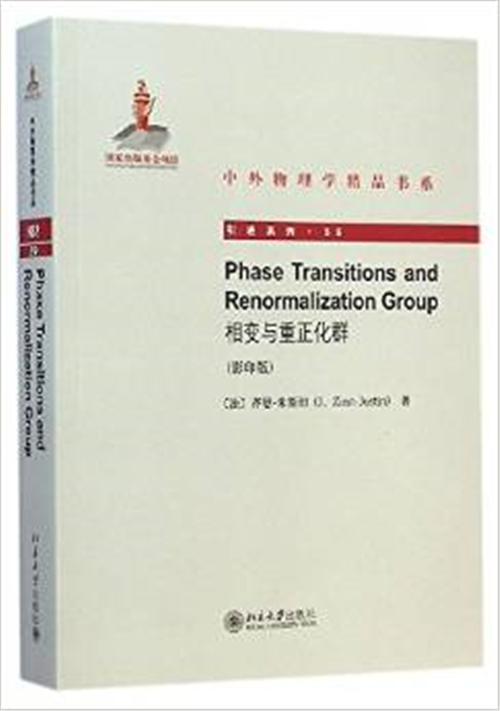相变与重正化群(英文影印版) [2015-06-09] |
|
索书号 O4/Z698/v.59 1 Quantum field theory and the renormalization group . . . . . . . . . 1 |
首 页 >> 上架新书






